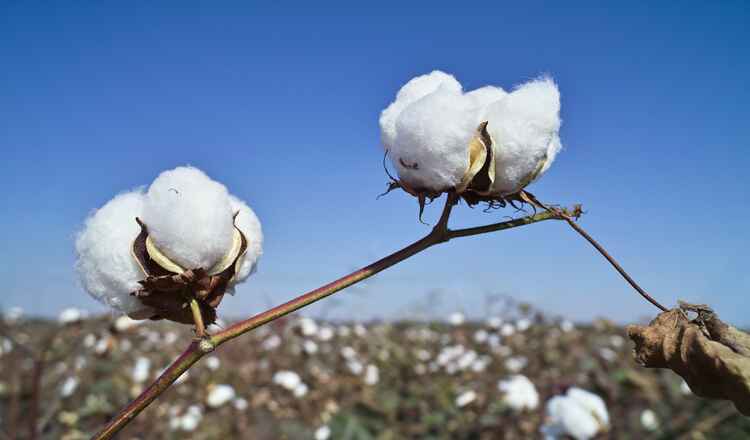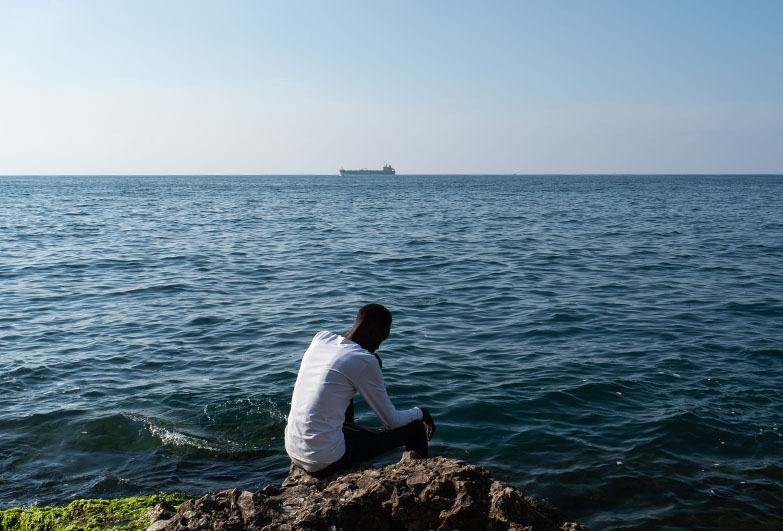What is forced labour?

Forced labour is any work or service that people are forced to do against their will, usually under threat of punishment.
“The worst part was that there was no rest. I slept for two hours a night. There was no going out and no days off. When the bosses were out, the house was locked.
“I soon learned that if we refused to work, the police would be brought in to make us work. Once I was slapped around the face for not ironing my employer’s scarf properly.”
Lehmeire, Mauritanian domestic worker in Saudi Arabia
Almost every form of modern slavery includes some element of forced labour. It’s the most extreme way in which people are exploited for some form of gain – including for profit, sexual gratification or other things.
“Forced or compulsory labour is all work or service which is exacted from any person under the threat of a penalty and for which the person has not offered himself or herself voluntarily.”
International Labour Organization Forced Labour Convention, 1930 (No. 29)
Forced labour affects at least 27.6 million people worldwide – with at least 17.3 million people experiencing forced labour exploitation in the private economy , and nearly 4 million people in state-imposed forced labour, and over 6 million people in commercial sexual exploitation. Forced labour exploitation is most often found in industries with informal workers and/or little regulation.
These include:
- Agriculture and fishing
- Services such as hospitality and transport
- Domestic work
- Construction, mining, quarrying and brick kilns
- Manufacturing, processing and packaging
- Sex work, including sexual exploitation
- Market trading
- Illicit trades and illegal activities
Many people associate forced labour and slavery with physical violence, but there are many other insidious ways used to force people to work. Some of these are deeply ingrained in some cultures, including debt bondage – trapping a person in a debt that they cannot pay off – which affects around one-fifth of all people in forced labour exploitation.
It is often the most vulnerable and excluded groups in a society who become trapped in forced labour, including:
- Children
- People living in poverty
- Unemployed people, or those who cannot find sustained work
- People who struggle to access education
- People who belong to so-called lower castes – including Dalits in India
Migrant workers are at much higher risk of forced labour exploitation than other workers. They are often targeted as they may not speak the language, they may have smaller networks to call upon, limited rights and be dependent on their employers (for things like accommodation, food and the legal right to remain in the country).
Forced labour also happens in societies where the rule of law is weak, or where corruption is common. It can also be prevalent in any economy that is dependent on cheap labour. Recent data shows that forced labour has increased in both absolute and relative terms since 2016. The initial months of the Covid-19 pandemic resulted in widespread reports of forced labour.
Where and how big is the problem?

Forced labour is a global problem and can take many forms.
According to the latest Global Estimates of Modern Slavery (2022) from Walk Free, the International Labour Organization and the International Organization for Migration, 27.6 million people worldwide are trapped in forced labour, including 17.3 million people in forced labour exploitation in the private sector:.
- 17.3 million people experience forced labour exploitation in the private sector, including in domestic work, manufacturing, construction and agriculture
- 6.3 million people endure forced commercial sexual exploitation
- Nearly 4 million people live in forced labour imposed by state authorities
- Forced labour affects all regions, while Asia and the Pacific have the highest numbers of people in forced labour, when weighted against population, the percentage of people in forced labour is highest in the Arab States
- More than half of all forced labour occurs in high-income and upper-middle income countries
Source: Global Estimates of Modern Slavery: Forced Labour and Forced Marriage, Geneva, September 2022